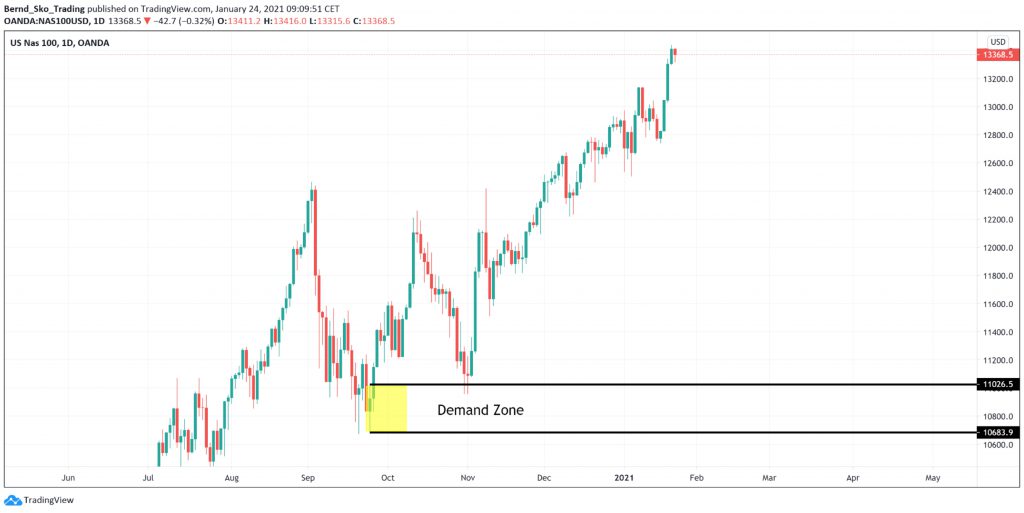
Let us showcase in this article how the financial system is structured in such a way to deceive the average person / retail trader.

Learning to recognize the banks’ and institutions’ sleight of hand
An unforgettable and electrifying experience we had was seeing “The Illusionists” perform live in Dubai back in 2018. Even though seeing them was as exciting as having the opportunity to be seated at the front row, the question of how they “did it” tugged on. Confident with our seating position right in front of them, we hoped to figure out the illusions. Hoping that while they performed with their right hand, focusing on the left would help unravel the tricks but to no avail. Even though it was only illusions, the fact that they were so good blew us away. The feeling was synonymous with a kid seeing a magic show for the first time and having everything happen in front of us.
In the end, they place four giant pillars on an empty stage very close to us, walk around and within them, cover them with a sheet, and unveil an actual Mercedes a few seconds after. Impressive as it was, we were sure it was a fake until they got into the vehicle and brought the car to life. It was amazing how we fell for their sleight of hand hook, line, and sinker, just like how everyone else does.
The financial market is not that different. The financial system is structured in such a way to deceive the average person / retail trader. Many people throw in their hard-earned money into mutual funds, ETFs and annuities. People find themselves doing this because an “expert” has successfully convinced them it’s a good investment, and because it sounds enticing and considerable enough, you buy into it. The issue with this is that the so-called expert that sold you this idea was trained just like “The Illusionists” and is as talented as their master. What they won’t tell you is that their company makes an astounding amount on the capital you risked investing, even after a meager two percent fee, compared to what you will make over your holding most of the time. In the end, it was an excellent investment for the professional who sold you the idea and not just for you.
Let’s go over a trade taken previously in one of our live trading classes, using our Supply and Demand trading strategy to expose the ploys banks and institutions use to take part or all of your account and put them into theirs. Our experience to identify institutional trading activity on a price chart has helped us properly school traders on the ABCs of trading forex, futures, and stocks in an environment against other financial institutions. So, let’s get started.
Our online trading academy students watch the live trading classes daily to ascertain where banks buy and sell in the forex, futures, and stock market to trade with them as opposed to against them. As seen on the daily NASDAQ chart below, this trade was a weekly income trade in the NASDAQ Futures.
The yellow shaded box stands for a demand level where banks were buying; demand significantly surpassed supply at that level. We know that because the price rallied from that level, along with three key zone qualifiers (this is how we measure the strength of the institutional activity). The approach was to buy and go long when the price recovered at that level, knowing there was a substantial supply/demand unevenness. The strategy behind that logic is simple: when the price recovered to that level, someone would sell after a price recovery and at a price level where the chart already indicated institutions were buying.
The only people that would sell at that level are beginner traders. Hence, when it’s evident that it’s at a price that institutions are buying and retail traders are selling, we would want to buy and go long. Again, price movement and profit outcome is very probable. Many market speculators have no clue on how to foresee what we’ve described by just looking at a price chart. Besides, several people have no idea to search for it. But despite our aptitude in the game, we still have a challenge. It comes in at the point of our long entry at demand. This was the first time price returned to the demand level, where we had to buy and go long. According to our rules, we buy right when the price touches that of the higher black line (the proximal demand line). After buying, notice how shallow price trades into the demand zone before rallying out of it a bit.
NASDAQ Weekly Income Trade: Oct. 30, 2020 – Risk to Reward: 1:6

Institutions buy in the demand zone. Someone sold at the point we went long when the price visited the demand zone. Institutions count on retail sell orders coming into the market at that point but not buyers like us. When we go long at that point, we buy with a bank or institution, which they certainly want to do. Let’s look at the chart and analyze the price action at the same time to understand what is happening at the transaction level.
After entry, the price sometimes trades back into the level. The price moved a little bit higher after the original entry. At this point, institutions will often sell a bit more to aid the price going a little bit lower again. This is after they have had to buy small. The aim of this is to get more retail traders shorting into the demand zone to fill more institutional buy order. Trading again at the initial low creates the illusion that the price is “breaking down” and that all those who bought must now exit or those not yet in the market should start selling short. Most people fall for such tricks and end up shorting, which aids the institution to get on the right side of the market and everyone else on the wrong side just before the price rallies. Because of this situation, we created the supply and demand “zones” when developing our supply and demand strategy, and not the single lines like conventional support and resistance. To prevent yourself from falling for this setup, you should enter a position at the zone and place a buy or sell stop beyond the area.
It’s not often you hear short-term traders say, “As soon as I get out, price does exactly what I thought it would do” or “If I just stuck to my trading plan…” In the retail trading world, you often hear these lines due to the previously explained logic. Just like “The Illusionists”, the actions of banks and institutions are structured to create an illusion. Here, people will fall for the fallacy of slightly declining prices and end up placing a short order. This is every institution’s dream! To fill a large buy order, they need sellers at the demand zone. So how can we determine there’s a large buy order at that price level? The creation of the demand zone and associated zone qualifiers (yellow shaded box) indicates it.
To add to the “illusionists” tale, when I took friends to watch them perform in Dubai, we discovered it was the same trick they used in the first show we attended. At this point, we were prepared to anticipate what was coming ahead, like when the white dove will appear from their left hands magically. We decided to focus on it at the right time despite the constant distractions they fashioned. But you wouldn’t believe that despite having all that knowledge based on previous experience, they still managed to fool us again.
You think “The Illusionists” are good; the banks and institutions are better and smarter at their illusions. Word to the wise; be mindful with your funds. Ensure you know who benefits more between you and the seller when buying into that mutual fund, annuity, life insurance policy, and short-term trade in the forex, futures, or stock market. When you feel the compulsion to short into the market, it’s likely the buyer will get a better deal than you will. Endeavor to recognize the “sleight of hand” before falling for it.
If you want to learn more about professional trading and investing across multiple asset classes such as forex, futures, and stocks, please sign up HERE for free at our online trading academy www.onlinetradingcampus.com and get access to a free three-hour introductory course.
Happy and successful trading!
Author Bio: Bernd Skorupinski teaches the undiluted truth about trading and investing at Online Trading Campus and takes you through what it takes to be a consistently successful trader. His favorite moment as a trading mentor is the way peoples’ eyes light up with excitement and confidence when they understand how Supply and Demand trading strategy works and how it can help win in the trading arena. He believes in building core values and discipline that ensures his students do not succumb to the pressures and temptations of the market. He very much believes in following plans and strategy through. If you want to know more about the author Bernd Skorupinski please read HERE





